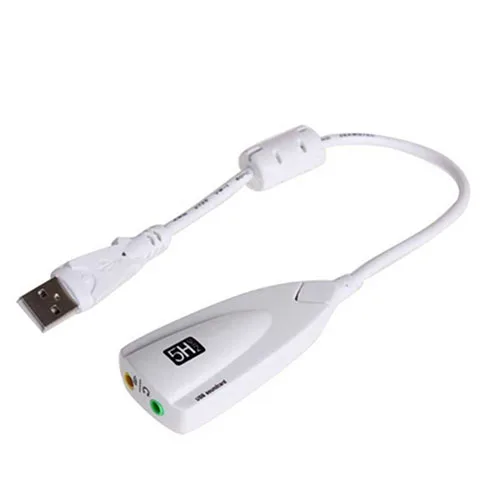
But I did step on it once and worried, for a second, that I was about to smash my whole VR setup. The Vive’s cable is less of a hindrance than I expected, and I haven’t tripped on it yet. There’s a reason Oculus started demoing VR standing up with the Crescent Bay prototype in 2014-the extra physicality, even without motion-tracked controls, transforms the experience.

Many of the games available for the Vive right now are just demos or short experiences, but I’ve been taken aback by how many of these fully immerse my mind, wiping away my consciousness of the world outside the headset. The best games are totally engrossing, and sometimes I come out of the headset with no clue where I’m standing or which direction I’m facing.

Immersing myself in room-scale VR feels like it would be risky without the Chaperone system. Taking the VR plunge yourself? We've got more for your to read. You never know when you’ll need to load up the web browser, kill a game process or mute a music player. Yeah, it’s a bit messy, but it’s also very PC: the power to access what I need to on the desktop without taking off the headset is welcome.
Binaural audio vive usb software#
It lets you bring up your desktop on a giant 'screen' in VR or boot up HTC’s own VR software, which is basically an empty environment at this point that you can use to.launch SteamVR (because Valve’s software isn’t exclusive to the Vive, it’s understandable the two would be separate). While SteamVR can be fiddly, it also feels robust as an extension of a well established platform. I like being able to point at games with the Vive controller to select them and use the trackpad to scroll through my library, but I find using the trigger as a selector to be pretty finicky-I often have to click on an icon twice to properly select it, and some menu items are a bit small to easily point to.
Binaural audio vive usb Pc#
If you’re familiar with Steam (and what PC gamer isn’t, these days?) this makes it fairly easy to navigate your library and the store. Unlike Oculus Home, a dashboard built from the ground up for VR, Valve has repurposed its Big Picture Mode interface for SteamVR. Both controllers come with their own micro USB charging cables and plugs, the two Lighthouse stations have their own power sources, the headset comes with a spare foam face rest, and there’s a cable breakout box to stop you from yanking over your PC if you accidentally step on the Vive’s cable. All this hardware leads to a far more complex setup process than the Oculus Rift. The Vive hardware itself works just fine sitting down and using a gamepad, but its two laser-emitting Lighthouse base stations let you walk around in a space of approximately 4x3 meters (the minimum for room scale is 2x1.5 meters, and 4x3 won’t push the outer limits), if you have that much room for your VR setup. The Vive differentiates itself from the Oculus and other VR systems presently available with two features: room-scale games and a pair of motion tracked controllers. After a week using the Vive, I’m more excited than ever about the future of VR on the PC. The Vive is occasionally hindered by the growing pains of emergent hardware, but those issues don’t stop it from enabling new ways of playing and being immersed in games. Right now, the HTC Vive is the best way to experience virtual reality.

Vive deserves that confidence, because it’s correct.


 0 kommentar(er)
0 kommentar(er)
